Guide’s Choice: The Best Backpacking and Hiking Gear for Summer 2021
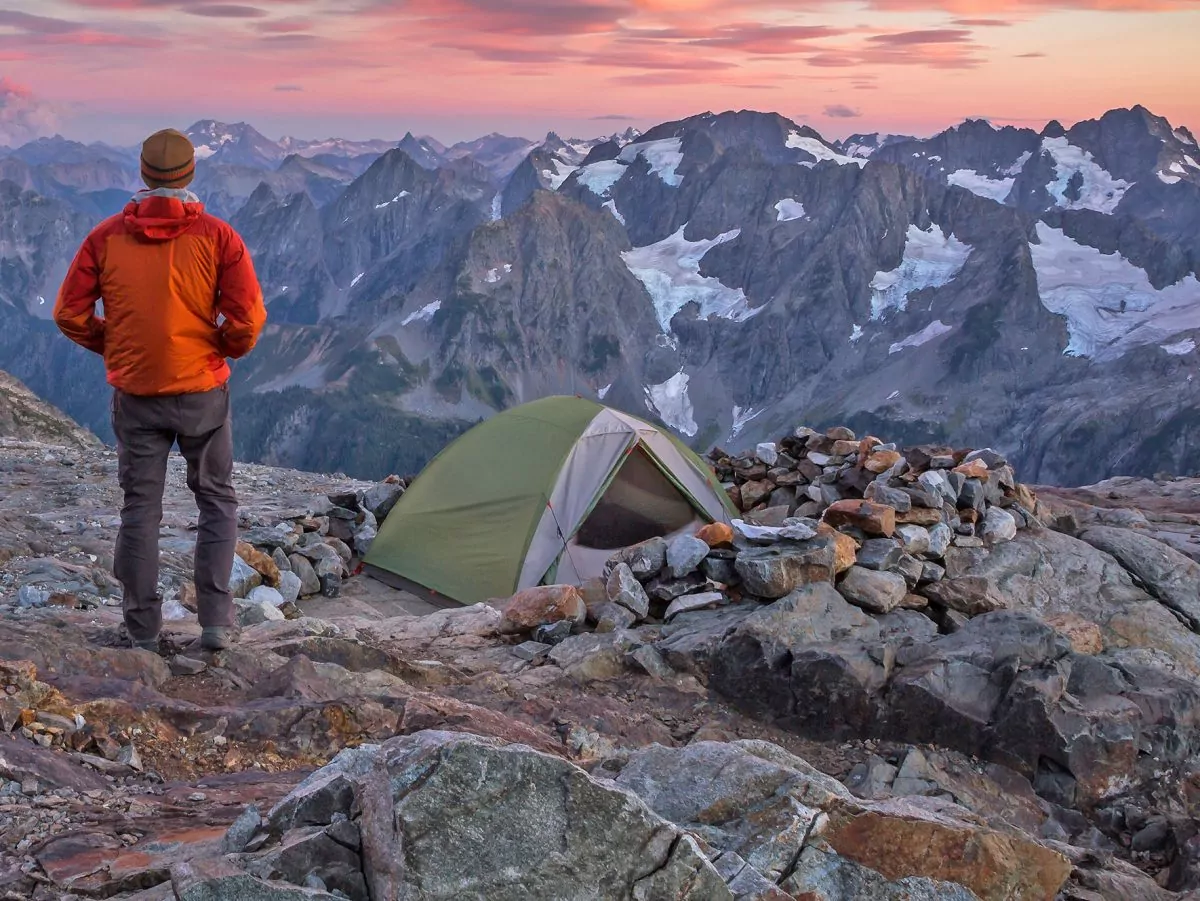
As the days get warmer and the sun stays high in the sky just a little bit longer, you may find yourself scheming up backpacking plans. And as your prepare for a summer of hiking through high mountains and shaded desert slot canyons, you’ll need to have the appropriate gear. Our guides use their gear for hundreds of days every season, so they know what makes a great backpacking product. We’ve compiled a list of guide favorites — from sleeping bags to packs to down jackets.
The focus for this season? Lightweight gear that will stand up to some heavy use. While ultralight products were formerly marketed to thru-hikers and fast packers, today, all backpackers can reap the benefits of ultralight gear. Brands and manufacturers have created rip-proof materials that are also lightweight, so we can travel with confidence knowing our gear is going to last. So, here’s our list of the best backpacking and hiking gear for summer 2021.
*Disclosure: Some of the links below are affiliate links. At no cost to you, we earn a commission on any products purchased through these links. Any proceeds go to supporting our blog and operations. These affiliate links do not influence the products that we include in our gear round-ups. We only recommend products that we 100% support and that our guides use in the field.
Gear
Tent: Big Agnes copper spur HV UL2 tent
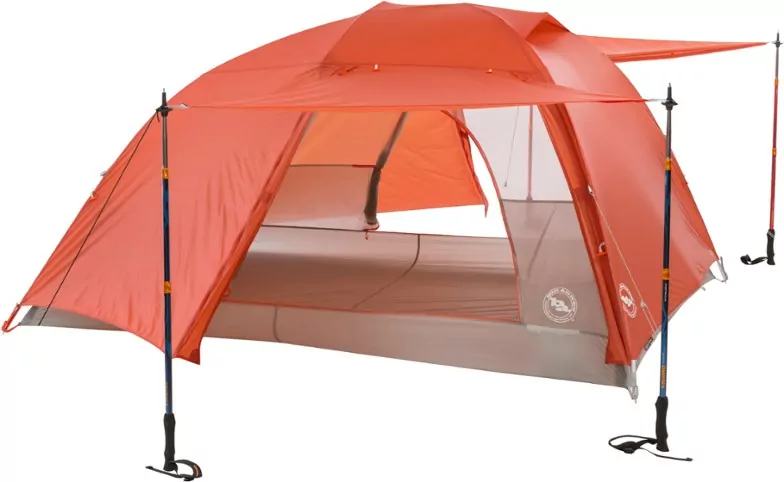
MSRP: $449
I wish I could write a love letter to the Big Agnes Copper Spur tent. While this tent is pricey, the quality and weight are exceptional. The entire packed weight (including a footprint) is 3lbs 2 oz. In fact, this tent is so light that I use the 2-person tent for solo trips. No need to own more than one tent if you change up your backpacking routine often!
This tent is light enough to take on a quick alpine overnight and luxurious enough to bring on a basecamp adventure. Use your trekking poles to extend the vestibule for extra hang-out space so you don’t even need to leave your sleeping bag to make coffee in the morning.
One thing to note: if you’re using this as a 2-person tent, keep in mind it is a 2-person backpacking tent. You want to be comfortable with your tent mate because the floor space is limited (but the overhead space is plentiful!)
This tent also comes in 1P, 3P, & 4P designs.
View at Backcountry.com View at REI
Backpacking Pack: Gregory Baltoro 65L
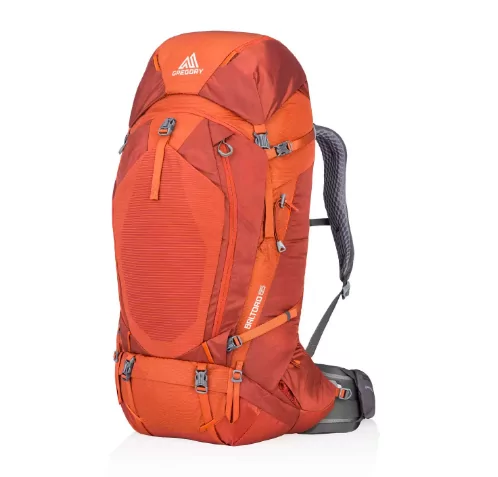
MSRP: $299
Utah Program Manager, Pete Rognli, recommends the Gregory Baltoro pack for short or long backpacking trips. “It’s a super comfy pack that’s versatile for big or little loads.” The high-tech suspension system makes this pack comfortable enough to wear for hours on end. Inside, the water bladder pouch doubles as a detachable daypack — a handy feature for when you want to drop your backpack at camp and summit the nearest mountain.
Best of all, the sleek design keeps you agile on the trail. This pack features an independently rotating hipbelt and harnesses to keep you stable while you’re navigating tough terrain. The water bottle side pocket tucks away when you’re not using it, so you’ll be able to travel the trail in confidence.
This pack comes in sizes SM, M, & L, and you can get it custom-fitted at a local retailer.
View at Backcountry.com View at REI
Day PAck: Six Moon Designs Daybreaker daypack
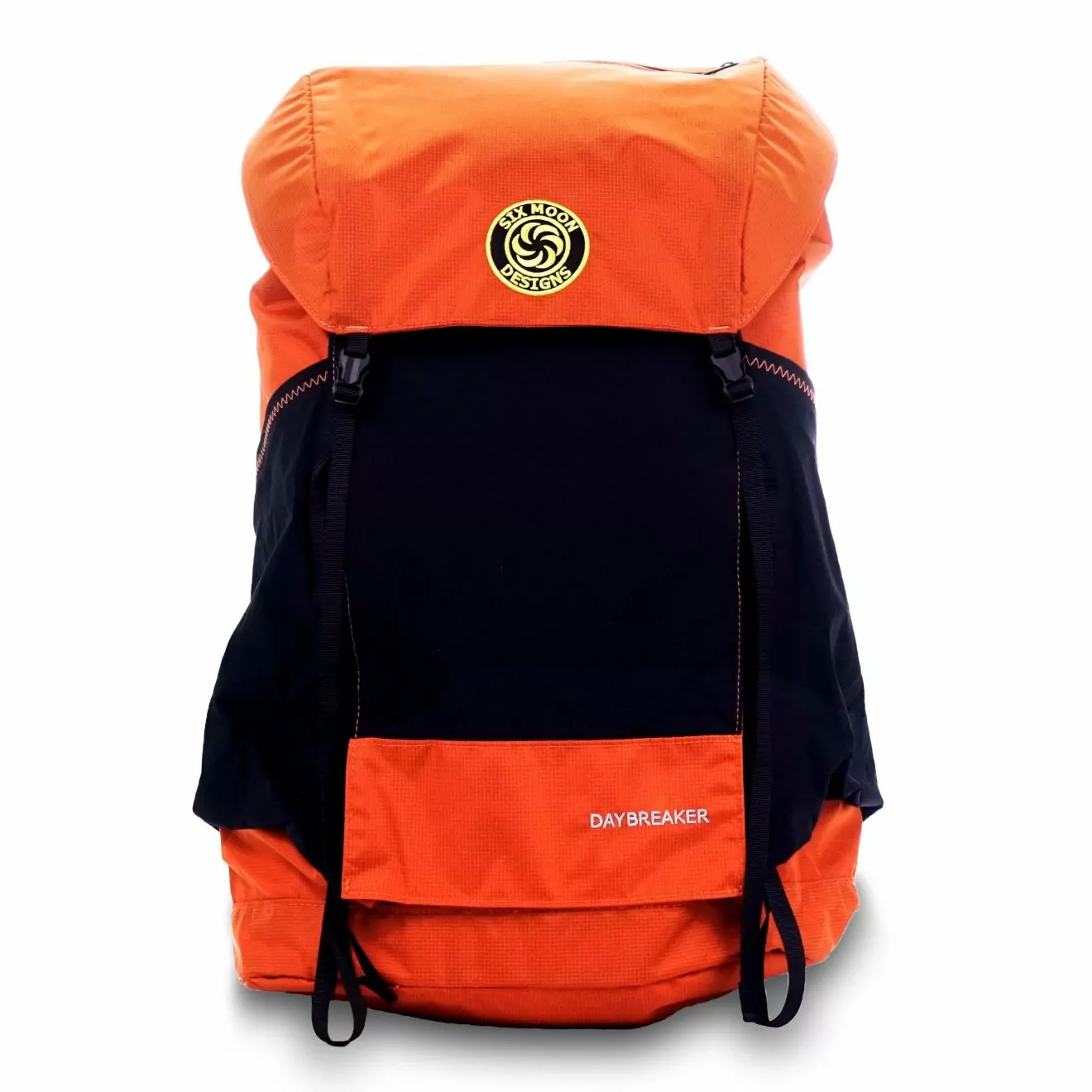
MSRP: $120
If you’re in the market for a daypack, you should consider Six Moon Designs’ Daybreaker Daypack. This ultra-light pack clocks in at only 20 oz — and fits in a lot of handy design features in that weight. With side pockets deep enough for any water bottle, a removable sit pad, and small pockets on the shoulder straps (similar to a running vest), you get a lot of highly functional space. But unlike some other ultralight products, this backpack is made of a durable fabric that will stand up to your rugged hiking. Whether you’re hiking between hostels in Europe or summiting a 14er in the Rockies, this pack will be your best companion.
We will note that if you’re a heavy packer, this pack may not offer enough support. It’s suggested max load is 9lbs. Due to its low carrying load and minimal design, this pack has a very simple hip belt. However, the hip belt is perfectly adequate l if you keep the pack weight down.
Sleeping bag for desert: Therm-a-Rest vesper down quilt 45
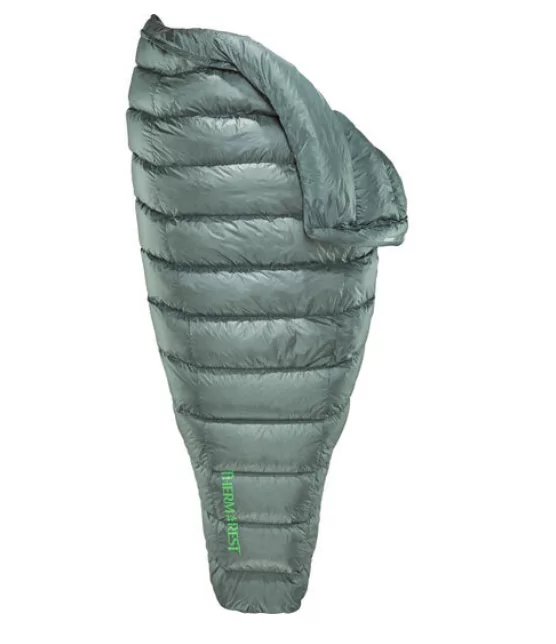
MSRP: $289
Quilts are perfect for warm weather backpacking because you get the coziness of a bed without carrying the weight of a full sleeping bag. The ultralight Vesper Down Quilt weighs only 12 oz and is a great option for trips when temperatures don’t dip below 50 degrees F. Pair this quilt with your favorite sleeping pad for an ideal desert sleep system.
This quilt comes in both regular and long versions. They also offer a 32F version of this quilt.
View at THERM-A-REST View at REI
Sleeping bag for mountains: feathered friends swallow UL 20
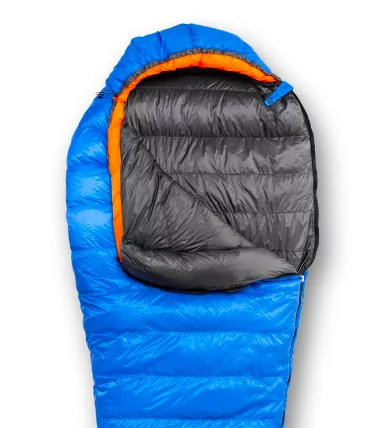
MSRP: $464
If you’re heading into the mountains for your backpacking trips this summer, you’ll need a little more warmth than you do in the desert. This 20-degree F bag by Feathered Friends, used by Wildland guide Doug Campbell, offers the perfect weight to warmth ratio.
The mummy-style will keep you toasty, while the relaxed cut gives you more room to move around. If you’re looking for a bag to keep you warm in the backcountry from spring through fall, this is it. If you sleep warm or tend to backpack in warmer weather, you can opt for the 30-degree option.
This bag comes in regular and long options.
Sleeping Pad: Therm-a-Rest NeoAir XLite
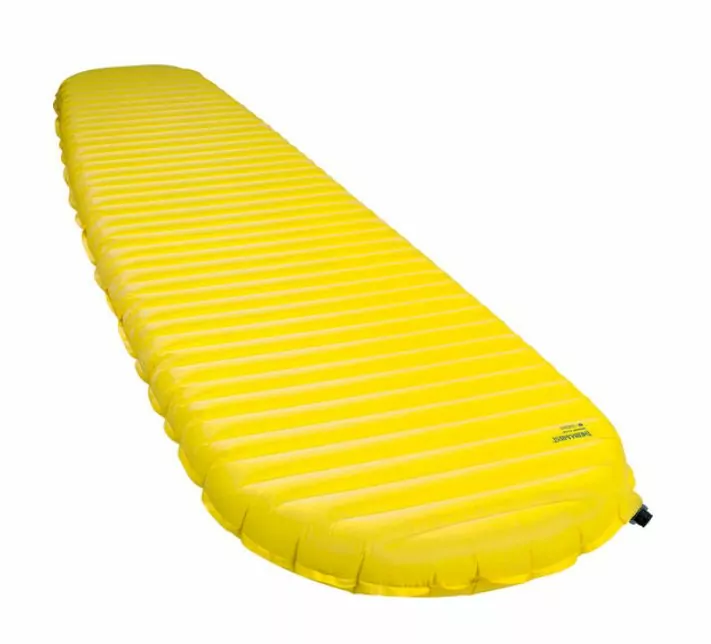 MSRP: $149
MSRP: $149
The team at Therm-a-Rest are experts at creating high-quality, durable sleeping pads that are also lightweight and packable. In fact, this design rolls up to the size of a water bottle despite its 2.5″ thickness (when inflated). With an R-value of 4.2, this pad will let you sleep comfortably during all but winter backpacking adventures.
Best of all, it inflates quickly, so you won’t spend ten minutes standing around with tired lungs trying to get air into a low-tech sleeping pad. However, if you’re a sensitive sleeper or you tend to toss and turn, the lightweight materials make this sleeping pad a bit noisy. (But if you use it enough, you don’t notice it after your second night!)
This sleeping pad comes in small, regular, and large sizes, and also offers a wide width option.
View at backcountry.com View at REI
Clothing and Footwear
Bug protection: Royal Robbins Bug Barrier Long-Sleeve Shirt
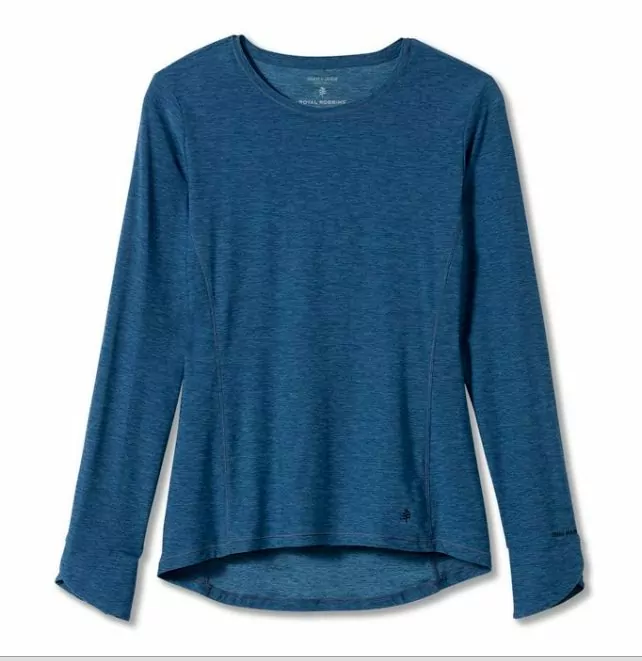 MSRP: $60
MSRP: $60
Summertime in the mountains is idyllic — with rolling green meadows, trickling streams, and a rainbow of wildflowers. But there is one thing we all hate about summer weather: mosquitos. Royal Robbins is out to solve this pesky problem with their new line of Bug Barrier clothing.
This super-soft long-sleeve shirt is a lifesaver for camp mornings and evenings. Not only is this comfy layer coated in a bug barrier technology, but it also features an extra-long sleeve cut so you don’t have to have any skin exposed if the mosquitos swarm. Plus, it’s the perfect layering piece, doubles as sun protection, and is quick-drying, so you can wear it all throughout your hiking day.
And, if you’re anything like me, mosquito bites accumulate on your ankles. So if you’re looking for added protection, check out their bug barrier socks, as well.
View at REI – WOMEN’SView at REI – MEN’S
warm layer: Stio pinion down pullover
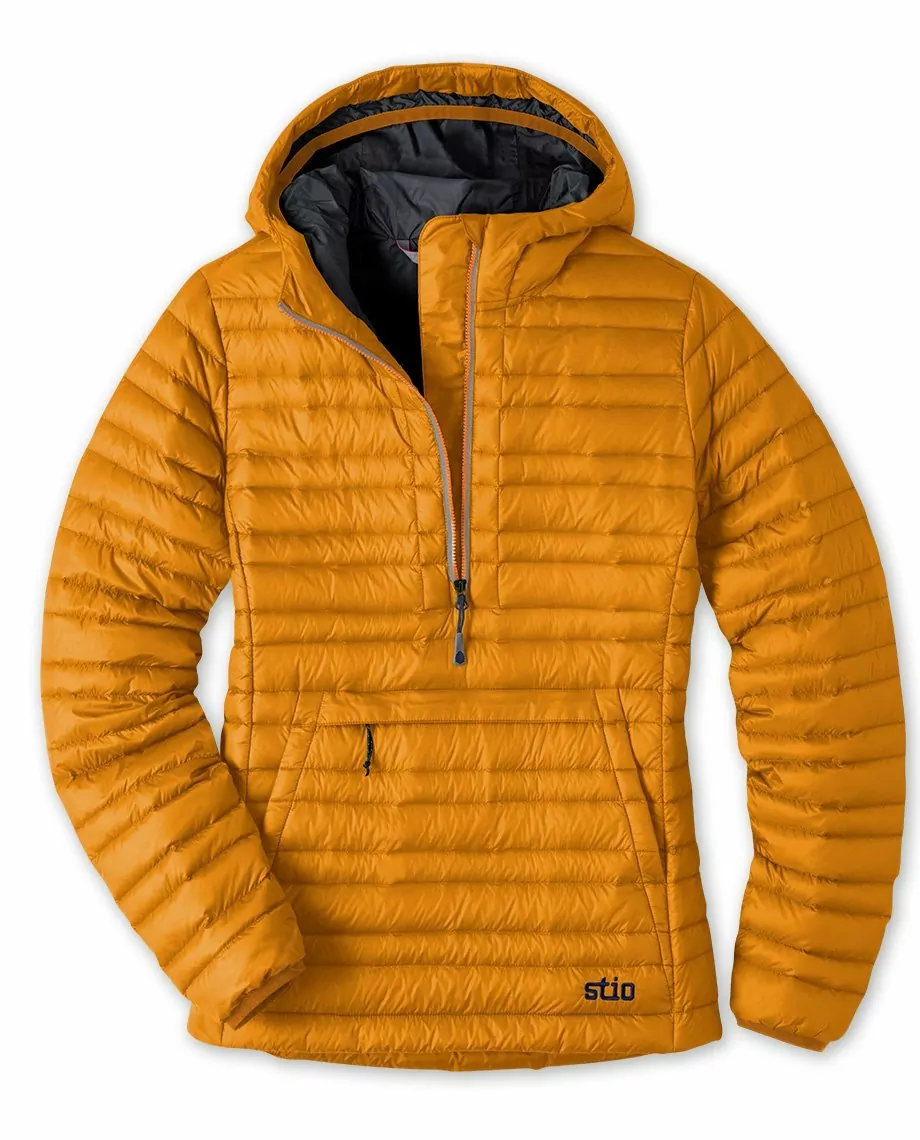 MSRP: $269
MSRP: $269
Jackson Hole-based Stio created the Pinion Down Pullover, which may just be the perfect layer for hanging around camp. This hooded pullover features a kangaroo pocket to keep your hands warm. When you’re ready for bed, just fold the puffy into the pocket to create a backpacking pillow.
The 800-fill provides enough warmth for three-season comfort, but keeps it sleek enough to pack down small. Plus, if you’re a female backpacker who gets sick of only teal and purple products, this jacket comes in some fun colorways, like “Bourbon” (pictured right) and “Midnight Lupine.” (The men’s version also has unique color options.)
View at stio – WOMEN’SView at stio – MEN’S
wind protection: outdoor research helium wind jacket
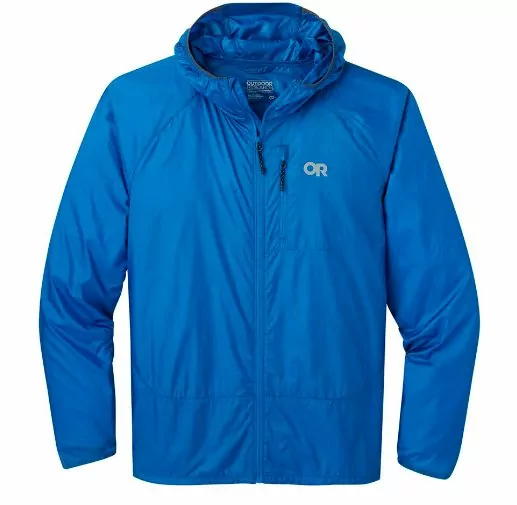 MSRP: $119
MSRP: $119
Wildland guide Samantha Cooke guides backpacking trips throughout the Rocky Mountains in Colorado in the summer, so she gets cold. Even though the temperatures rise high during the day, they fall low once the sun goes down. So Cooke has a well-dialed layering system to stay cozy no matter what temperatures come her way. Part of this arsenal? The OR Helium Wind Jacket.
This ultralight wind jacket is the perfect layer for the mountains — especially if you plan on summiting any peaks. It features Diamond Fuse technology to create a durable outer shell that won’t rip as you scramble through boulder fields. Unlike traditional shell layers, the Helium Wind Jacket is incredibly breathable, so you can wear it while you hike without keeping all your moisture in.
And if you’ve never shopped OR products, their lifetime warranty will ensure that your jacket keeps you going for years to come.
View at backcountry.com – WOMEN’SView at backcountry.com – MEN’S
hiking shoes: Altra Lone Peak Trail Runners
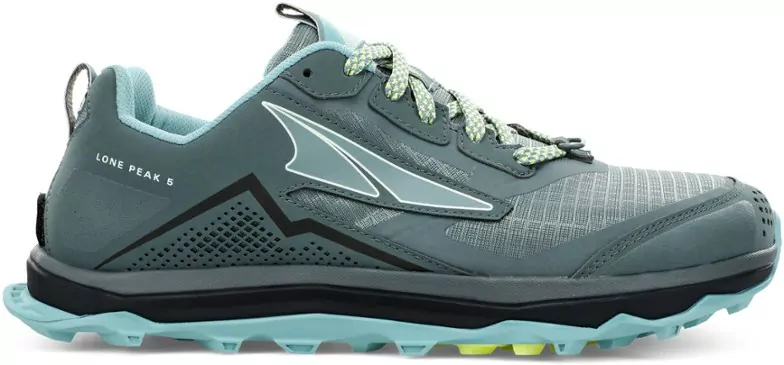 MSRP: $130
MSRP: $130
It’s tough to find a Wildland guide donning hiking boots these days — most use trail running shoes or sandals. While we still think hiking boots have their place (in wet environments or for hikers who need ankle stability. However, we love the versatility, light weight, and comfort of trail runners. A Wildland guide favorite? Altra Lone Peak.
These shoes are capable of tackling even the toughest trails. Their StoneGuard™ material provides protection against rocks, while the mesh vents along the side along for quick drainage if you step in shallow creeks or mud puddles. These shoes have two unique features: the FootShape™ toe boxes are wider than most, and the zero-drop heel keeps the back of your foot on the same level as the front. (Most people are accustomed to a slight heel rise.) While you might take a few outings to get used to these trail runners, we think you’ll love these features. However, if you prefer more cushioning, Wildland Guide Samantha Cooke recommends the Altra Olympus Women’s or Men’s.
Mikaela Ray, Wildland Director of Operations, also uses these shoes and mentions that Altra also makes a mid-height version. These hiking boots are perfect for anyone who wants the versatility of trail runners with the added stability of ankle-height boots. “Not great for cold weather because they are pretty minimal, but they’re great for desert and summer backpacking,” Ray adds. These also come in women’s and men’s versions, and have a slightly higher price tag of $160.
View at REI – WOMEN’SView at REI – MEN’S
Hiking Sandals: Bedrock Sandals
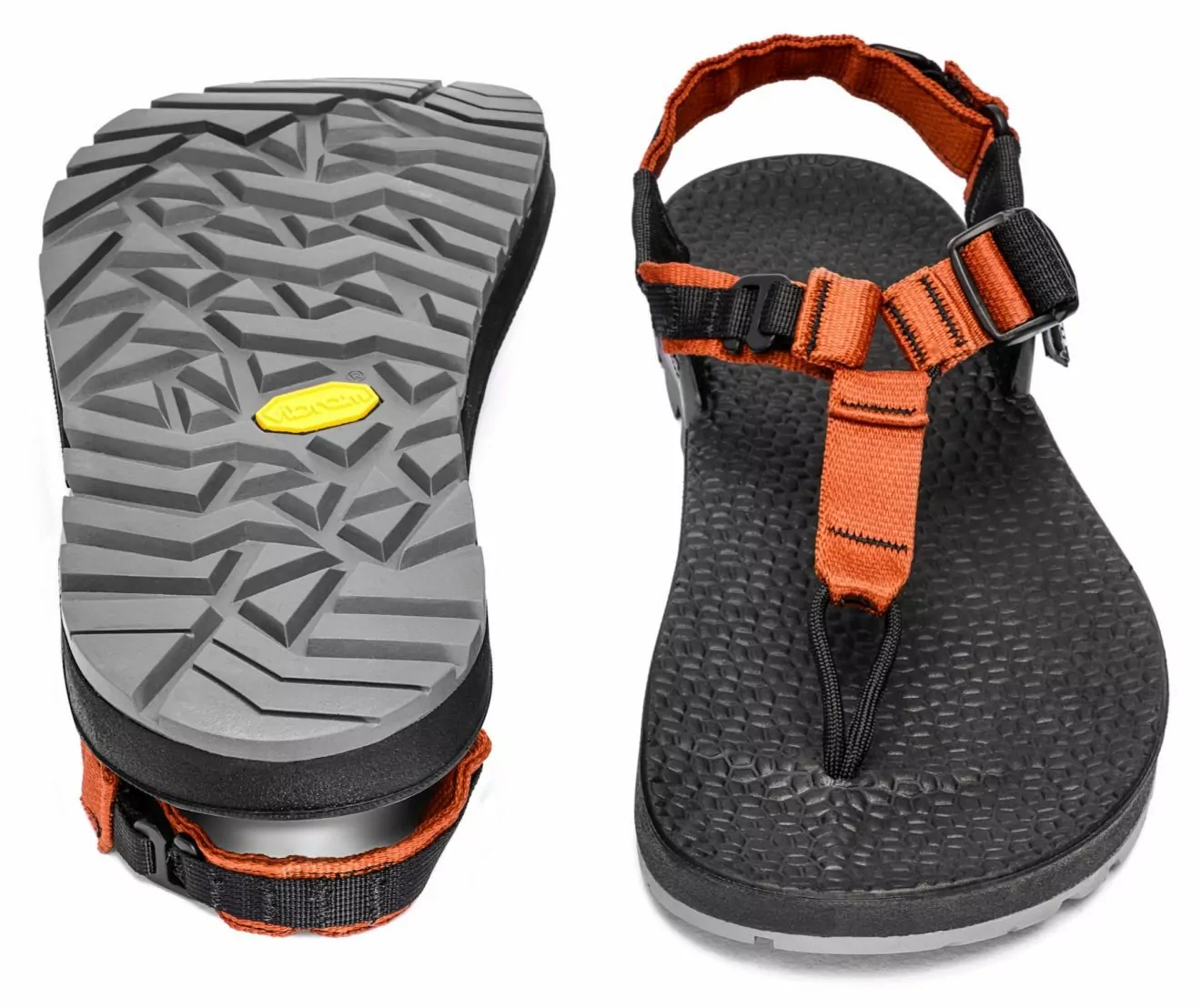 MSRP: $115
MSRP: $115
Our desert-based guides love the simplicity and durability of Bedrock Sandals. Jordan Dikeman guides out of Death Valley, Grand Canyon, and Havasupai and wears them throughout the summer. While these shoes look simple, the footbed molds to your foot to give you a comfortable, secure fit. The ankle-strap gives you confidence as you cross a river or walk along a rocky trail. And the lack of enclosure means your feet can breathe in that sweet summer air.
However, we don’t recommend backpacking in sandals for everyone. Most people need more support and protection than hiking sandals provide. Start out with some easy day hikes and build up the type of terrain you feel comfortable in. And, they always make a great camp shoe!
View at REI – WOMEN’SView at REI – MEN’S
hiking socks: feetures merino 10 no-show tab socks
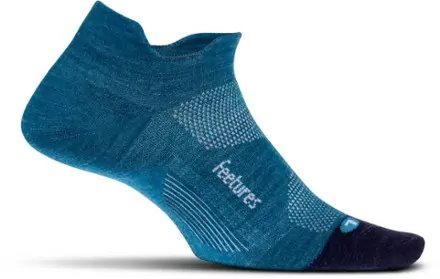
MSRP: $19.99
Good socks can really elevate your hiking days. With the right pair, you can avoid blisters and keep your feet moisture-free. We’ve found that many no-show socks don’t offer enough cushion for long days on the trail, but these Feetures Merino 10 socks are different. The merino offers comfort while the Tencel® fibers provide strength and durability.
For all the hiking boot lovers, Feetures also has these socks in a crew version.
View at REI – no showView at REI – crew
Other Essentials
stove: Jetboil Sumo
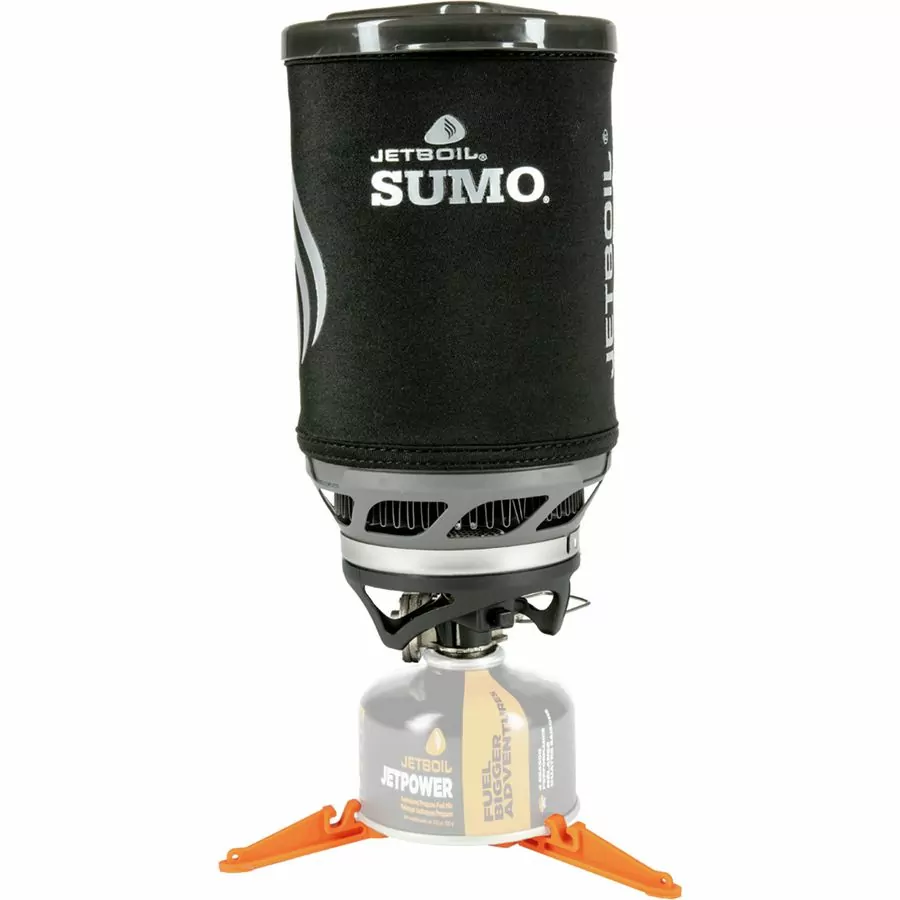 MSRP: $159
MSRP: $159
When you talk about backpacking stoves, every guide has their own opinion. And for your backpacking trip, it really depends on what type of food you’ll be cooking. The Jetboil has long been the fastest way to boil water in the backcountry, and this year, not much has changed. While we love the fast water heating of the original Jetboil, its size isn’t very useful for groups bigger than two.
That’s where the Jetboil Sumo comes in. On all Wildland trips, we carry two stoves (for easy cooking and backup in case of an emergency). So, Wildland guide JP Jackson uses the Sumo stove for all his water boiling and pairs it with an MSR cooking stove. If you plan to use simple, dehydrated foods for all of your meals, this stove will do the trick — and you’ll have your coffee water ready in seconds in the morning. Everything you need packs into the pot to create one of the most seamless backpacking stove kits.
However, if you plan to bring a mess kit and cook more elaborate backcountry meals, you may want to opt for a more well-rounded stove like the MSR Windpro.
water filtration: MSR autoflow gravity filter 10l
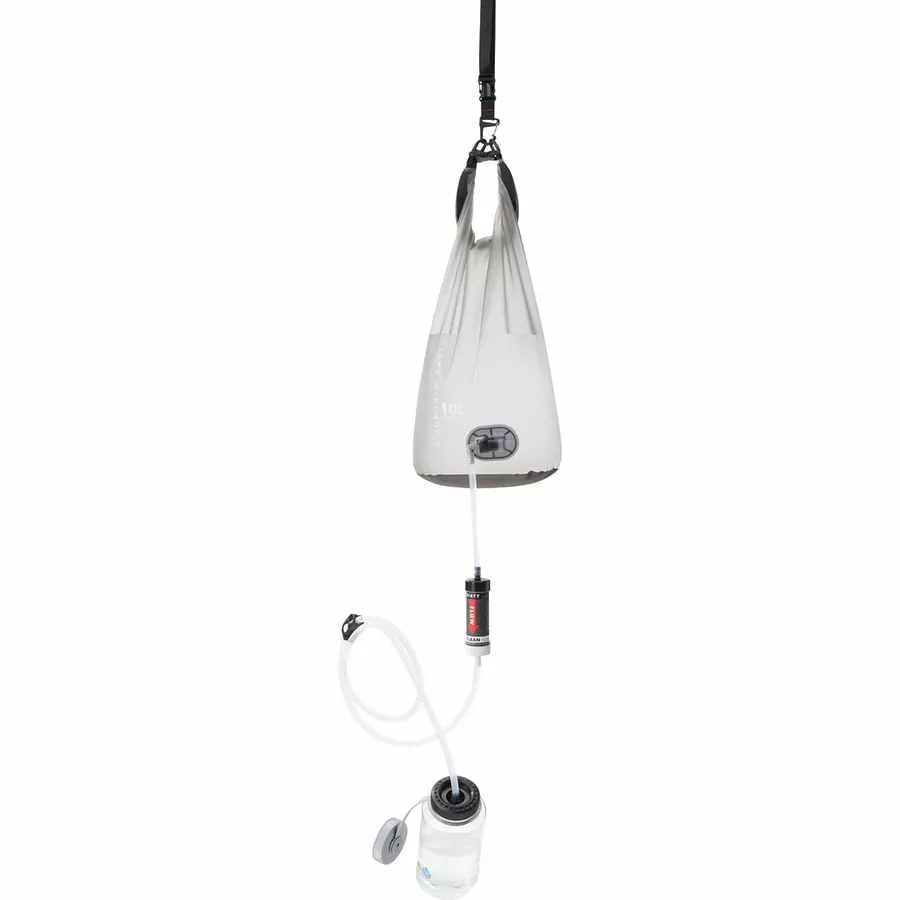 MSRP: $99
MSRP: $99
If you’re filtering water for a group, you can’t go wrong with the MSR Autoflow Gravity Filter 10L. The large capacity dirty water bag eliminates the need to run back and forth between the creek or water source while you’re cooking dinner. It filters out bacteria, protozoa, and sediment, making it a great choice in most backpacking environments. Plus, it’s easy to clean in the field even if the filter gets clogged.
Pair this with a second dromedary to purify large amounts of water, or filter directly into your water bottle for easy drinking.
View at Backcountry.com View at REI
gps device: Garmin inreach explorer+
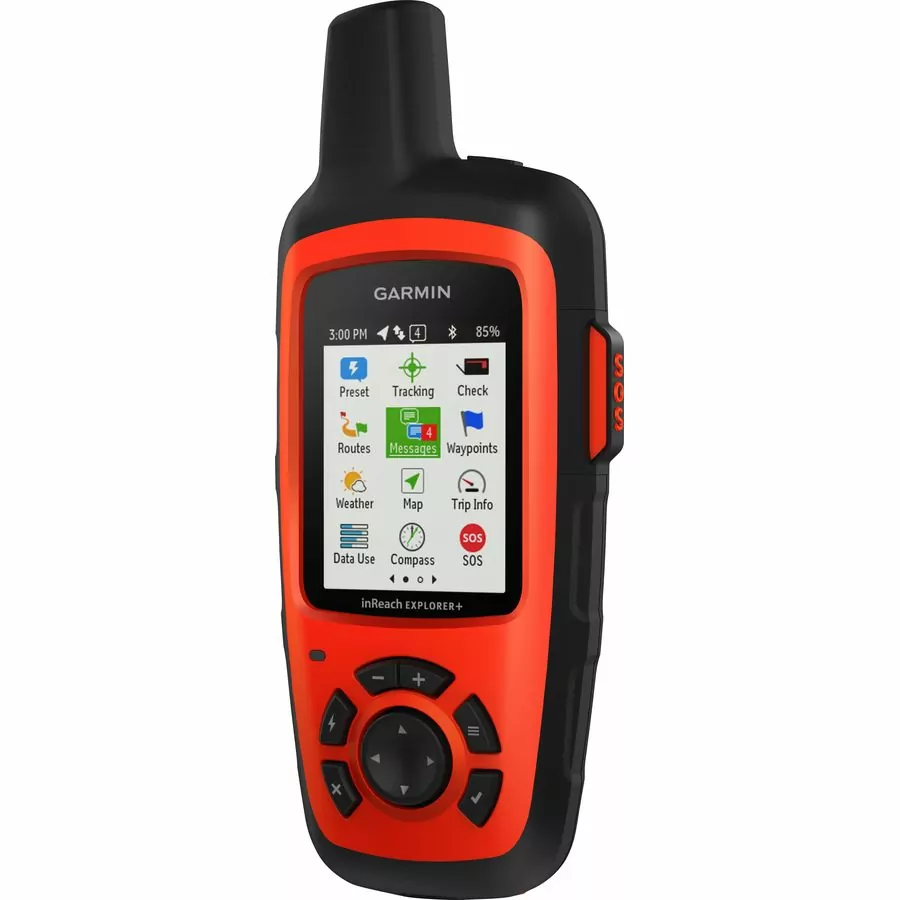 MSRP: $449
MSRP: $449
We understand it’s hard to dish out a bunch of cash on a GPS device that you hope you won’t have to use. However, we love the safety that comes with having satellite communication when you’re off the grid. The Garmin inReach products are extremely high quality and come with a handful of useful features. Whether you’re bringing a GPS as an emergency device, to check-in with worried family members, or to use the navigation tools and topo maps, you won’t be disappointed by the Explorer+. This device also pairs with an app on your smartphone so if you need to use the texting features, you can easily do so with your phone’s keypad. We’ve had no problem getting a signal even in the dense old-growth forests of Olympic National Park.
However, not every backpacker needs a device with quite so many features. If you’re looking for something smaller and simple that will allow you emergency SOS communication, you can opt for the Garmin inReach Mini.
View at Backcountry.com View at REI
portable charger: Goal Zero flip 36 Power bank
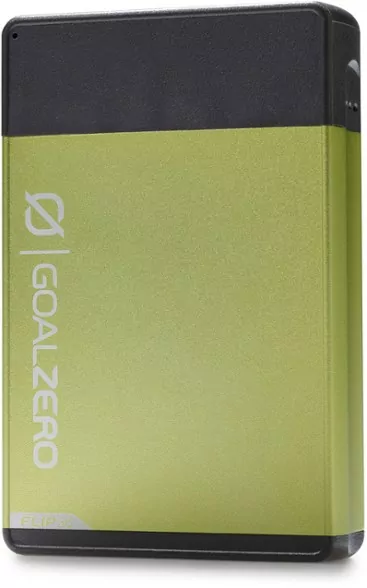 MSRP: $39.95
MSRP: $39.95
In the backcountry, you may still need to stay connected to your devices — whether you’re using them to track your steps, check-in with loved ones, or take photos on your trip. The Goal Zero Power Bank is durable yet portable, and it won’t lose charge during cold nights. The Flip 36 holds enough power to charge your smartphone three times, so it’s ideal for five-day backpacking trips or weekend trips when you’re bringing multiple devices.
Only need a couple of charges? Goal Zero also makes the Flip 24 and Flip 12.
View at Backcountry.com View at REI
first-aid kit: adventure medical first aid kit
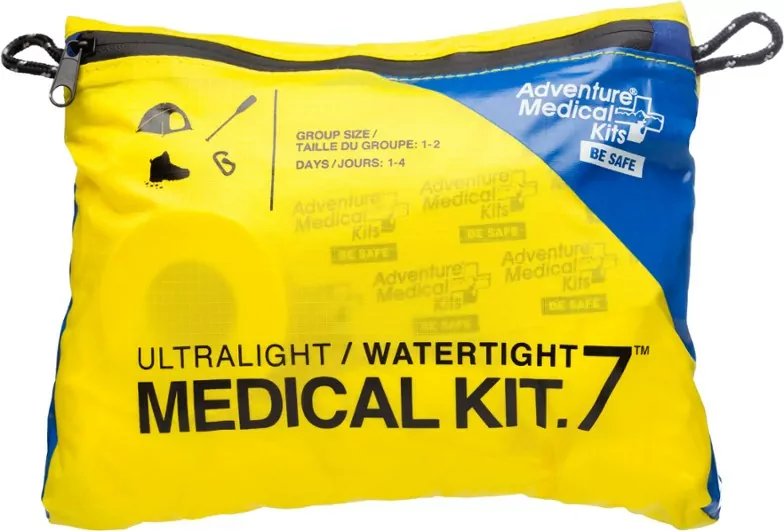 MSRP: $28.95
MSRP: $28.95
While the 10 essentials aren’t the most exciting gear, they are the most important. We carry first-aid kits on every backcountry outing and hope we don’t need them. Adventure Medical’s line of first-aid kits has great options for every backpacker because they are lightweight and waterproof.
The .7 is ideal for small groups on a long weekend trip. Day hikers and solo backpackers could get by with the .5 version.
View at rei – 0.7 View at REI – 0.5
Little Luxuries
All-around item: beach sarong
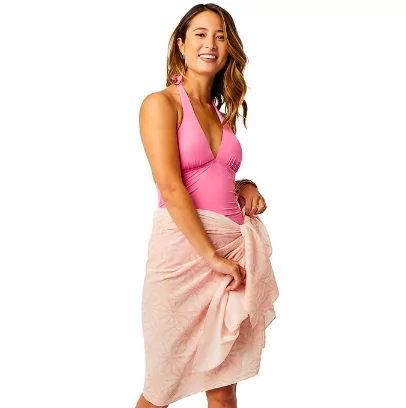 “My favorite summer item (all seasons really, but more so in warmer months) is a sarong; the thing you buy as a souvenir at the beach. It doesn’t weigh much and is as useful as duct tape. It can be a sheet, a towel, a sling for an injured arm. You can cut up to build a splint or bandage, improvise a bag to carry things from camp to the creek, or wad it up for a pillow at said creek. It can create shade, act as a tablecloth, a skirt, privacy for changing your clothes. I don’t go backpacking without one, ever. When weight isn’t an issue (car camping or river trips), I bring more than one because everyone is jealous!” Karla Kennedy, Wildland guide, shares her insight.
“My favorite summer item (all seasons really, but more so in warmer months) is a sarong; the thing you buy as a souvenir at the beach. It doesn’t weigh much and is as useful as duct tape. It can be a sheet, a towel, a sling for an injured arm. You can cut up to build a splint or bandage, improvise a bag to carry things from camp to the creek, or wad it up for a pillow at said creek. It can create shade, act as a tablecloth, a skirt, privacy for changing your clothes. I don’t go backpacking without one, ever. When weight isn’t an issue (car camping or river trips), I bring more than one because everyone is jealous!” Karla Kennedy, Wildland guide, shares her insight.
Backpacking chair: therm-a-rest z-seat
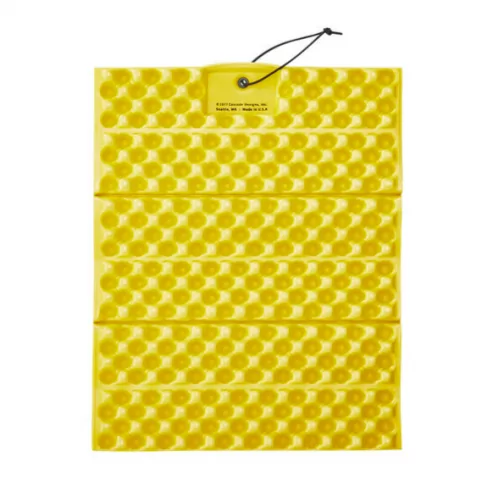
MSRP: $15
If you’ve been on a Wildland backpacking trip, you’ve probably watched as your guide whipped out a flat silver and yellow cushion and sat on it to make dinner. After five days in the backcountry, any sign of comfort evokes jealousy. The Thermarest Z-Seat is the solution: weighing in at only 2 oz, why wouldn’t you bring this with you into the backcountry? This closed-cell foam seat is versatile and nearly indestructible. It will take a beating as you throw your pack down at camp after a long hike, and it will even stand up to hungry marmots (but you won’t want to test that out: we recommend keeping it in the tent with you at night.)
Backpacking pillow: nemo fillo elite luxury pillow
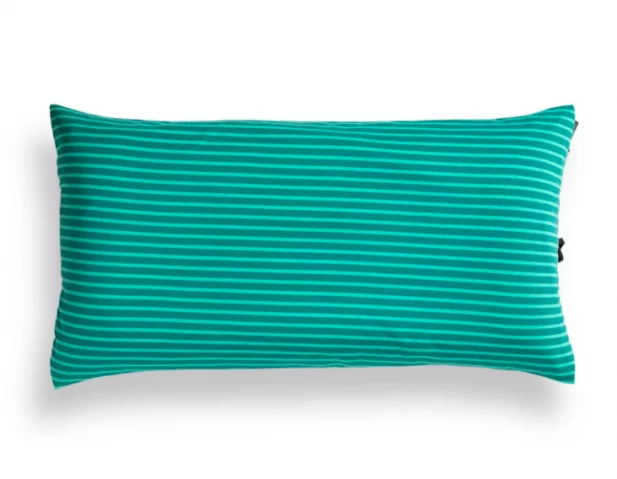
MSRP: $54
An inflatable pillow is a kind of backpacking luxury item that can be incredibly beneficial. If you don’t get enough sleep, you won’t feel your best as you start a day of hiking. With a super plush exterior and lightweight interior, this Nemo camp pillow gives you the perfect night’s sleep for under 3 oz. It packs down smaller than a tennis ball and is quick to inflate when you get to camp. The pillow cover is even machine-washable.
Some backpacking pillows are crinkly and uncomfortable, sending out sounds of crumpled paper every time you move your head. But not only is this pillow silent… it’s also almost as comfortable as your pillow at home.
It may seem excessive, but if you spend a lot of nights in the backcountry, your body will thank you.
View at Backcountry.com View at REI




